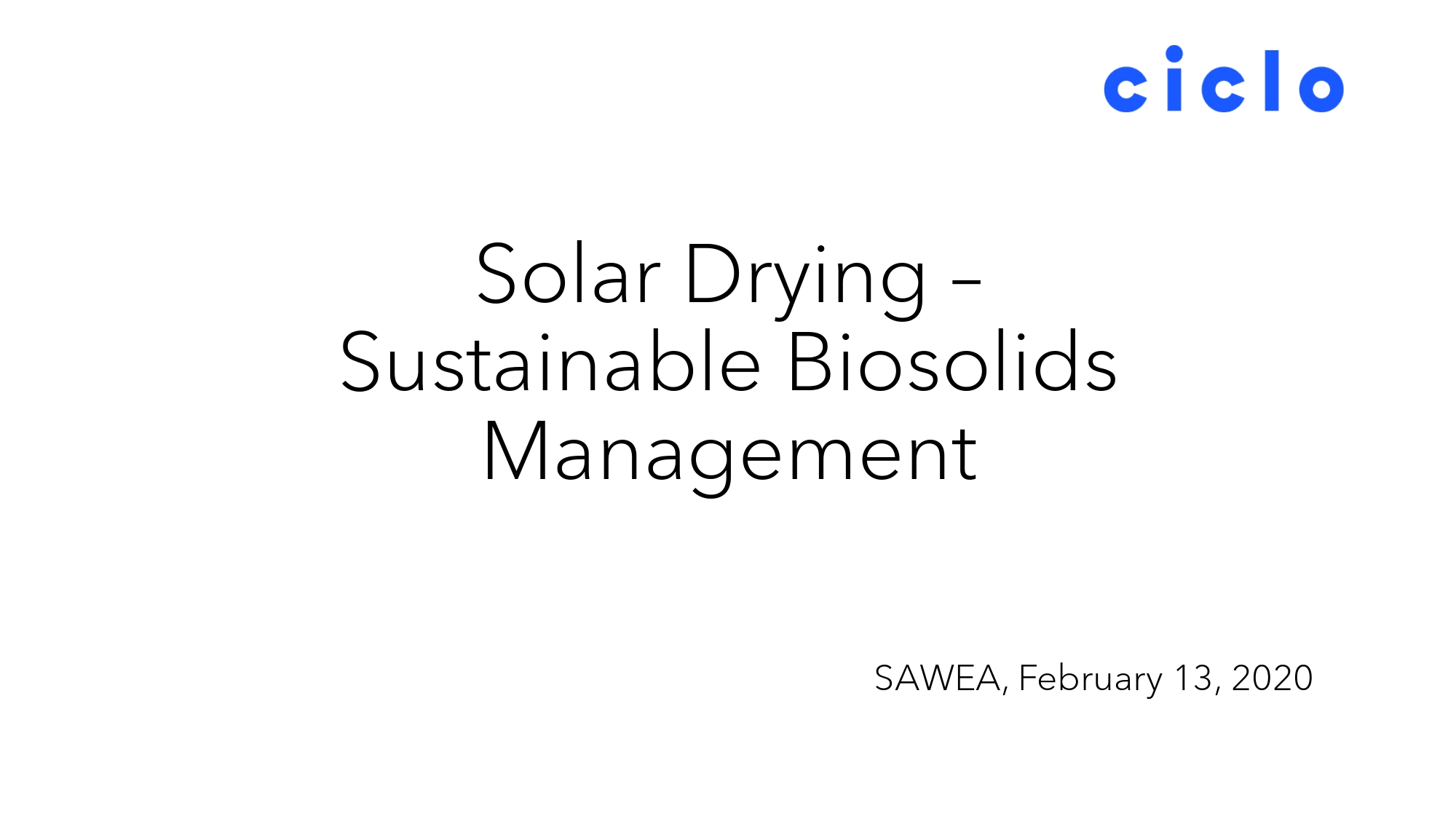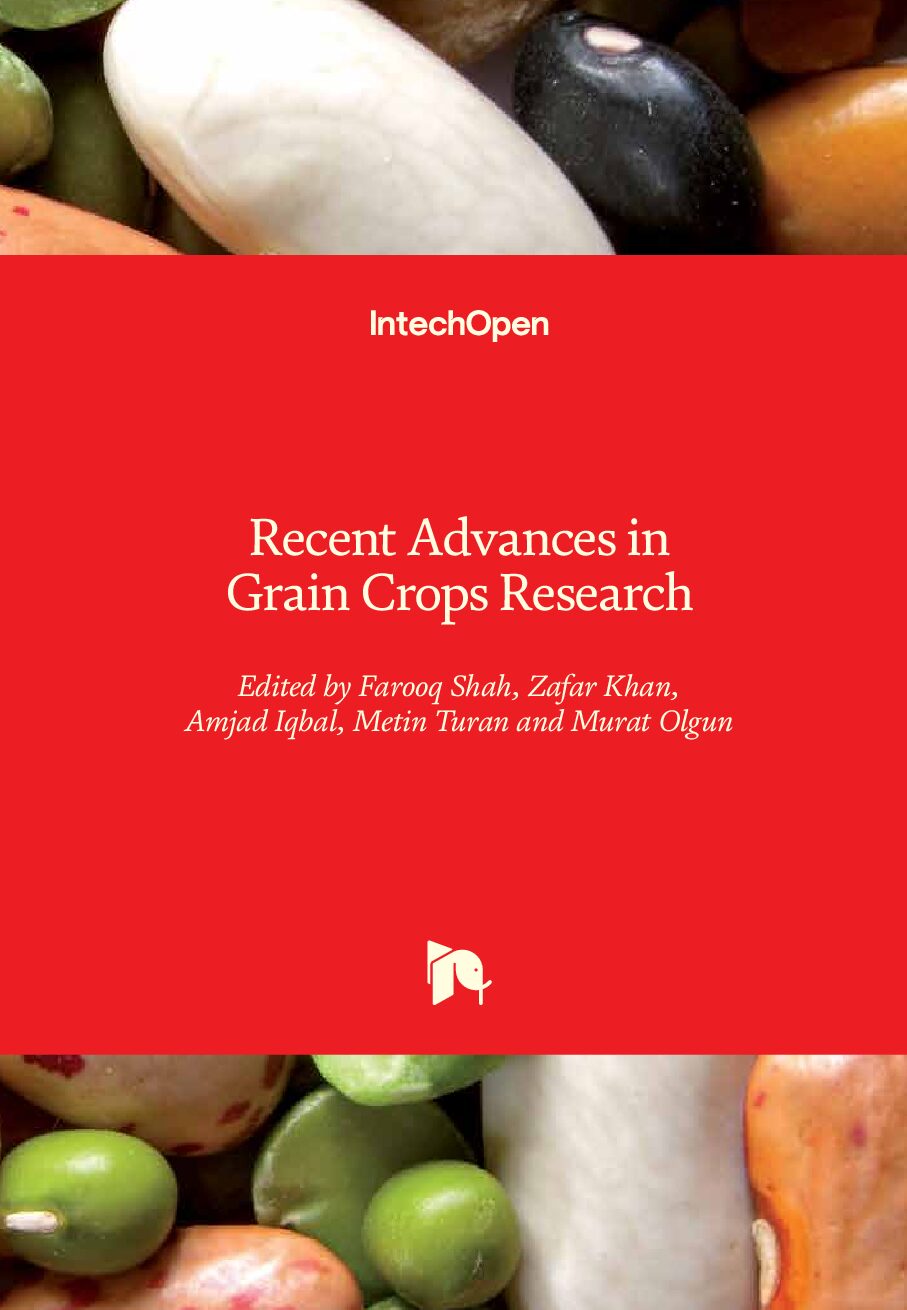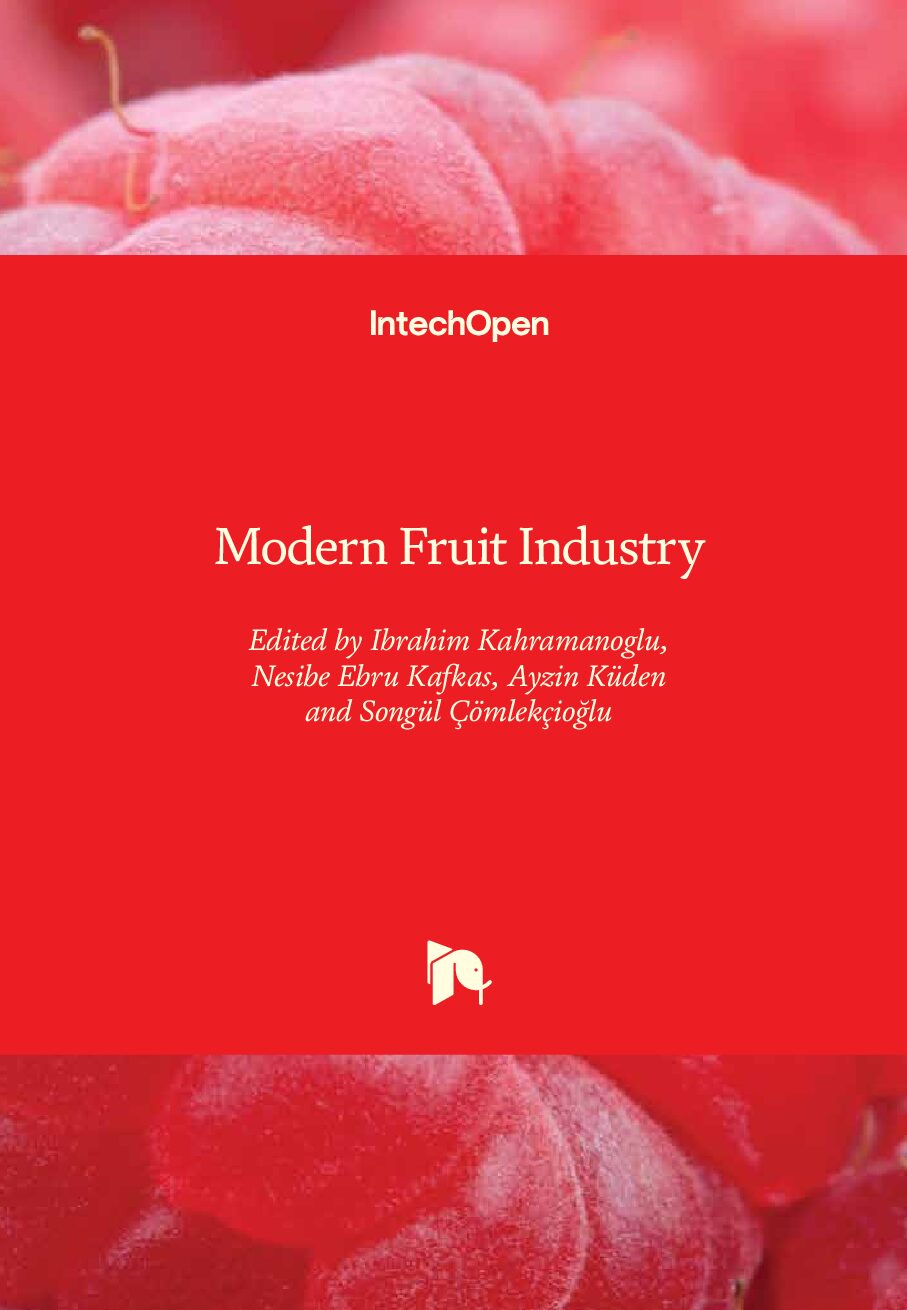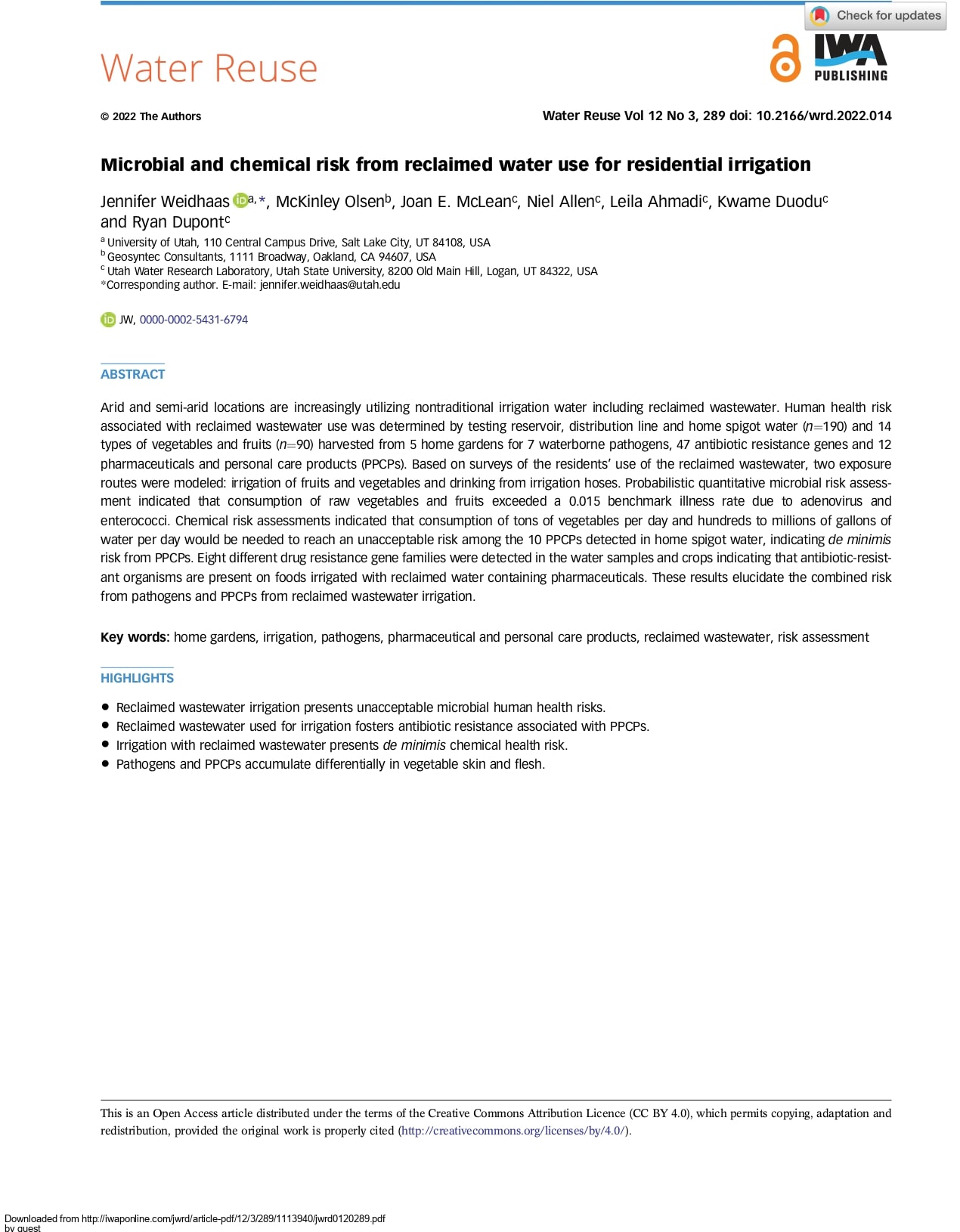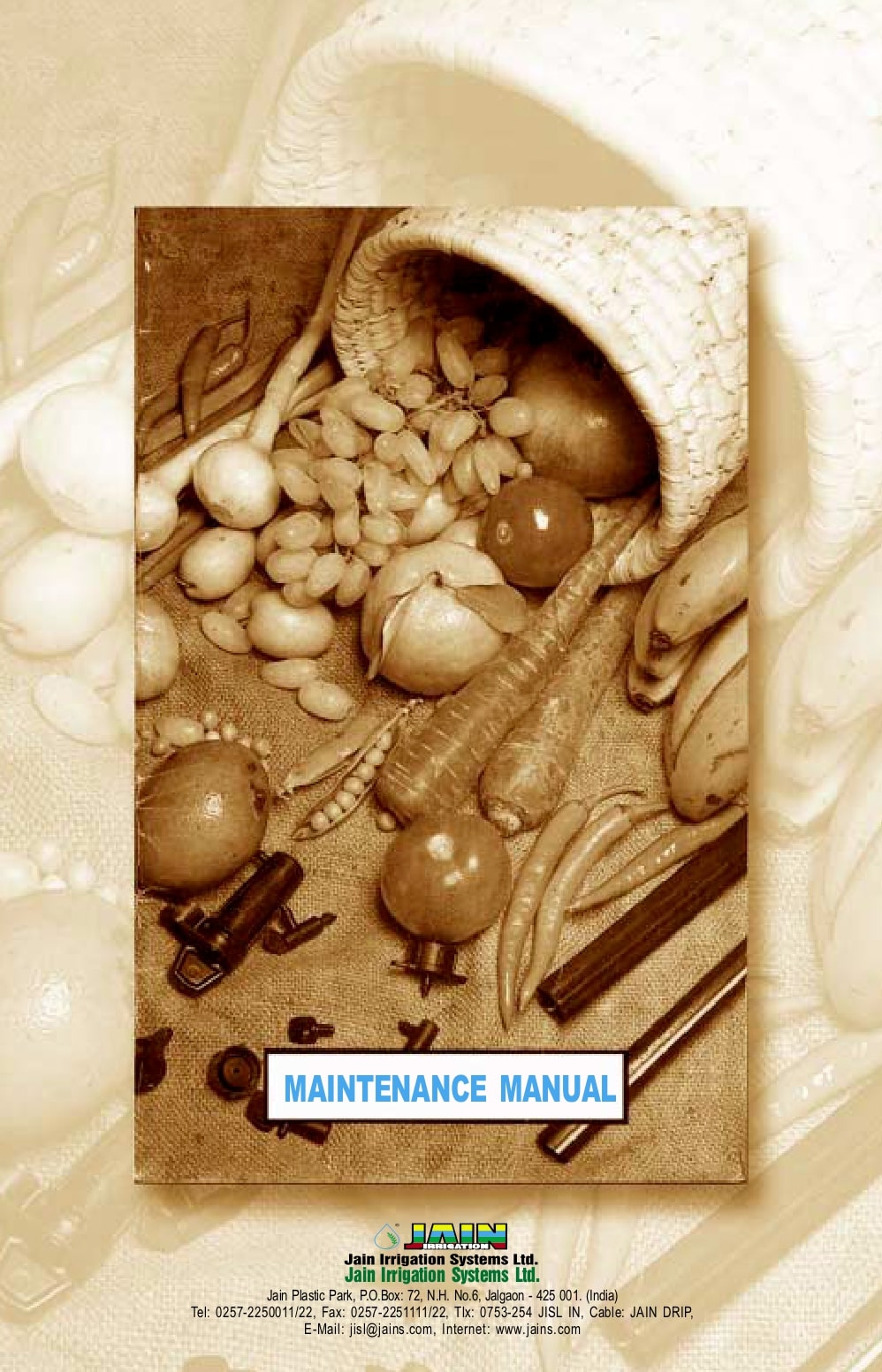Solar Drying – Sustainable Biosolids Management
Volume Reduction • Generate a Stable End Product • Disposal options breaking away • Reduction of Landfill space • Create a better product for Land Application • Better handling • Higher grade for fertilizer use (Class A / B) • Beneficial Reuse • Use as Fertilizer • High nutrient value • Use as Biofuel • 11 – 15 kJ/kg (Equivalent to brown coal).
Solar Drying – Sustainable Biosolids Management
Volume Reduction • Generate a Stable End Product • Disposal options breaking away • Reduction of Landfill space • Create a better product for Land Application • Better handling • Higher grade for fertilizer use (Class A / B) • Beneficial Reuse • Use as Fertilizer • High nutrient value • Use as Biofuel • 11 – 15 kJ/kg (Equivalent to brown coal).
Modeling of Soil Erosion and Sediment Transport
The Special Issue entitled “Modeling of Soil Erosion and Sediment Transport” focuses on the mathematical modeling of soil erosion caused by rainfall and runoff at a basin scale, as well as on the sediment transport in the streams of the basin. In concrete terms, the quantification of these phenomena by means of mathematical modeling and field measurements has been studied. The following mathematical models (software) were used, amongst others: AnnAGNPS, SWAT, SWAT-Twn, TUSLE, WRF-Hydro-Sed, CORINE, LCM-MUSLE, EROSION-3D, HEC-RAS, SRC, WA-ANN. The Special Issue contains 14 articles that can be classified into the following five categories: Category A: “Soil erosion and sediment transport modeling in basins”; Category B: “Inclusion of soil erosion control measures in soil erosion models”; Category C: “Soil erosion and sediment transport modeling in view of reservoir sedimentation”; Category D: “Field measurements of gully erosion”; Category E: “Stream sediment transport modeling”. Most studies presented in the Special Issue were applied to different basins in Europe, America, and Asia, and are the result of the cooperation between universities and/or research centers in different countries and continents, which constitutes an optimistic fact for the international scientific communication.
Modeling of Soil Erosion and Sediment Transport
The Special Issue entitled “Modeling of Soil Erosion and Sediment Transport” focuses on the mathematical modeling of soil erosion caused by rainfall and runoff at a basin scale, as well as on the sediment transport in the streams of the basin. In concrete terms, the quantification of these phenomena by means of mathematical modeling and field measurements has been studied. The following mathematical models (software) were used, amongst others: AnnAGNPS, SWAT, SWAT-Twn, TUSLE, WRF-Hydro-Sed, CORINE, LCM-MUSLE, EROSION-3D, HEC-RAS, SRC, WA-ANN. The Special Issue contains 14 articles that can be classified into the following five categories: Category A: “Soil erosion and sediment transport modeling in basins”; Category B: “Inclusion of soil erosion control measures in soil erosion models”; Category C: “Soil erosion and sediment transport modeling in view of reservoir sedimentation”; Category D: “Field measurements of gully erosion”; Category E: “Stream sediment transport modeling”. Most studies presented in the Special Issue were applied to different basins in Europe, America, and Asia, and are the result of the cooperation between universities and/or research centers in different countries and continents, which constitutes an optimistic fact for the international scientific communication.
Recent Advances in Grain Crops Research
Global food security is highly dependent on grain crops, which produce edible dry seeds that serve as a good source of protein, carbohydrates, and vitamins. Being the most critical component of a human diet, it is not astonishing that over 50% of world daily caloric intake is derived directly from grains. These crops are grown in greater quantities worldwide than any other crop and have undoubtedly played a key role in shaping human civilization.
Recent Advances in Grain Crops Research
Global food security is highly dependent on grain crops, which produce edible dry seeds that serve as a good source of protein, carbohydrates, and vitamins. Being the most critical component of a human diet, it is not astonishing that over 50% of world daily caloric intake is derived directly from grains. These crops are grown in greater quantities worldwide than any other crop and have undoubtedly played a key role in shaping human civilization.
Modern Fruit Industry
The effectiveness on several fruits by the application of alternative methods against fungi is summarized in the present chapter. Several investigations have reported the efficacy of these technologies for controlling fungal infections. Currently, high post-harvest loses have been reported due to several factors such as inefficient management, lack of training for farmers, and problems with appropriate conditions for storage of fruits and vegetables. Even now, in many countries, post-harvest disease control is led by the application of chemical fungicides.
Modern Fruit Industry
The effectiveness on several fruits by the application of alternative methods against fungi is summarized in the present chapter. Several investigations have reported the efficacy of these technologies for controlling fungal infections. Currently, high post-harvest loses have been reported due to several factors such as inefficient management, lack of training for farmers, and problems with appropriate conditions for storage of fruits and vegetables. Even now, in many countries, post-harvest disease control is led by the application of chemical fungicides.
Soil Hydrology for a Sustainable Land Management
Soil hydrology determines the water–soil–plant interactions in the Earth’s system because porous medium acts as an interface within the atmosphere and lithosphere; regulates main processes such as runoff discharge, aquifer recharge, movement of water, and solutes into the soil; and ultimately the amount of water retained and available for plants growth. Soil hydrology can be strongly affected by land management. Therefore, investigations aimed at assessing the impact of land management changes on soil hydrology are necessary, especially to optimize water resources. This Special Issue collects 12 original contributions addressing the state-of-the-art advances in soil hydrology for sustainable land management.
These contributions cover a wide range of topics including (i) the effects of land use change, (ii) water use efficiency, (iii) erosion risk, (iv) solute transport, and (v) new methods and devices for improved characterization of soil physical and hydraulic properties. They include both field and laboratory experiments as well as modelling studies. Different spatial scales, i.e., from field to regional scales, and a wide range of geographic regions are also covered. The collection of these manuscripts presented in this Special Issue provides a relevant knowledge contribution for effective saving water resources and sustainable land management.
Soil Hydrology for a Sustainable Land Management
Soil hydrology determines the water–soil–plant interactions in the Earth’s system because porous medium acts as an interface within the atmosphere and lithosphere; regulates main processes such as runoff discharge, aquifer recharge, movement of water, and solutes into the soil; and ultimately the amount of water retained and available for plants growth. Soil hydrology can be strongly affected by land management. Therefore, investigations aimed at assessing the impact of land management changes on soil hydrology are necessary, especially to optimize water resources. This Special Issue collects 12 original contributions addressing the state-of-the-art advances in soil hydrology for sustainable land management.
These contributions cover a wide range of topics including (i) the effects of land use change, (ii) water use efficiency, (iii) erosion risk, (iv) solute transport, and (v) new methods and devices for improved characterization of soil physical and hydraulic properties. They include both field and laboratory experiments as well as modelling studies. Different spatial scales, i.e., from field to regional scales, and a wide range of geographic regions are also covered. The collection of these manuscripts presented in this Special Issue provides a relevant knowledge contribution for effective saving water resources and sustainable land management.
Sustainable Use of Soils and Water: The Role of Environmental Land Use Conflicts
This book on the sustainable use of soils and water addressed a variety of issues related to the utopian desire for environmental sustainability and the deviations from this scene observed in the real world. Competing interests for land are frequently a factor in land degradation, especially where the adopted land uses do not conform with the land capability (the natural use of soil). The concerns of researchers about these matters are presented in the articles comprising this Special Issue book. Various approaches were used to assess the (im)balance between economic profit and environmental conservation in various regions, in addition to potential routes to bring landscapes back to a sustainable status being disclosed.
Sustainable Use of Soils and Water: The Role of Environmental Land Use Conflicts
This book on the sustainable use of soils and water addressed a variety of issues related to the utopian desire for environmental sustainability and the deviations from this scene observed in the real world. Competing interests for land are frequently a factor in land degradation, especially where the adopted land uses do not conform with the land capability (the natural use of soil). The concerns of researchers about these matters are presented in the articles comprising this Special Issue book. Various approaches were used to assess the (im)balance between economic profit and environmental conservation in various regions, in addition to potential routes to bring landscapes back to a sustainable status being disclosed.


